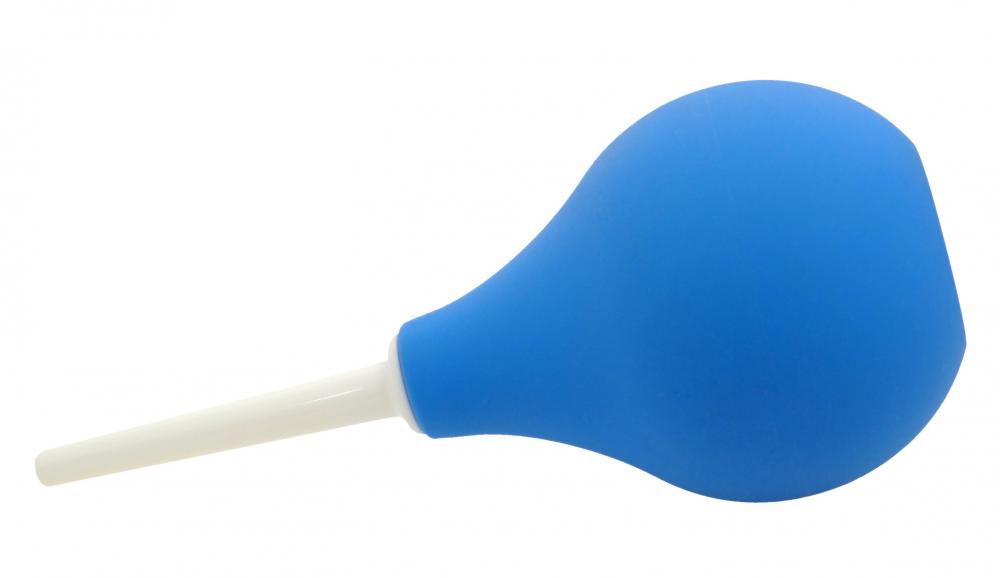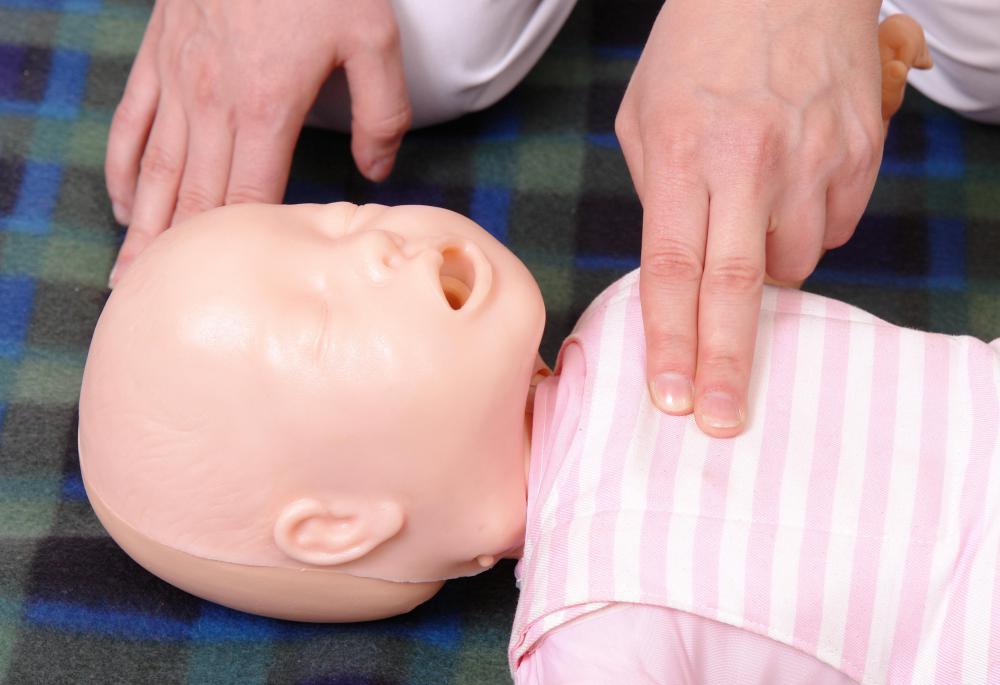At TheHealthBoard, we're committed to delivering accurate, trustworthy information. Our expert-authored content is rigorously fact-checked and sourced from credible authorities. Discover how we uphold the highest standards in providing you with reliable knowledge.
What is a Neonatal Resuscitation?
Neonatal resuscitation is executed following the delivery of a baby to help the child begin to breathe. It can include measures such as clearing the baby’s airways, warming the baby, providing oxygen, intubating the baby, performing neonatal CPR, providing medication or any combination of these procedures. The type of neonatal resuscitation varies, although most babies do need their airways cleared immediately after birth. Studies indicate that resuscitating an infant, past the point of clearing its airways, is necessary in 10% of all births. The most common reasons are premature delivery or a reduction in the baby’s oxygen supply during labor and delivery.
Inside the womb, the lungs of a fetus fill with amniotic fluid. In most cases, this fluid is cleared out during labor, allowing the baby to breathe on its own immediately after birth. To help this process along, the first stage of neonatal resuscitation is performed. The most common reasons are premature delivery or a reduction in the baby’s oxygen supply during labor and delivery. The delivering doctor will usually clear the baby’s nose and throat of fluid with a bulb syringe, thus opening up the baby’s airways so it can breathe. If the child is still having difficulties, the doctor will often vigorously rub the child’s back or slap its feet to startle it into taking its first breath. When these measures do not work, the next stages of neonatal resuscitation begin.

Before neonatal resuscitation can continue, the newborn baby needs to be dried and placed under heat lamps to help maintain its temperature. Babies are typically born without the ability to regulate their temperature; becoming too cold can stress the baby’s body, making it even more difficult to breathe. If the baby is still having trouble breathing after this step, a bag vent typically provides the child with oxygen. If the child is too small or the bag vent is not working, intubation may be necessary.

If, after at least 30 seconds, there is no sign of improvement and the baby’s heart rate is at or below 60 beats per minute, neonatal CPR is performed. This is usually done with two fingers, positioned slightly below the chest, administering 90 compressions per minute. During this time, the child still receives oxygen.
In some cases, these stages of neonatal resuscitation still aren't successful. At this point, medications can be administered to help the child breath or to increase heart rate. Epinephrine is generally considered the most effective and safest means of improving a baby’s heart function. In select circumstances, naloxone hydrochloride, sodium bicarbonate, and volume expanders may be used to aid in neonatal resuscitation, although research is varied on the effectiveness of these medications.
AS FEATURED ON:
AS FEATURED ON:














Discuss this Article
Post your comments